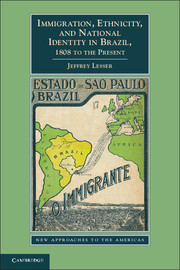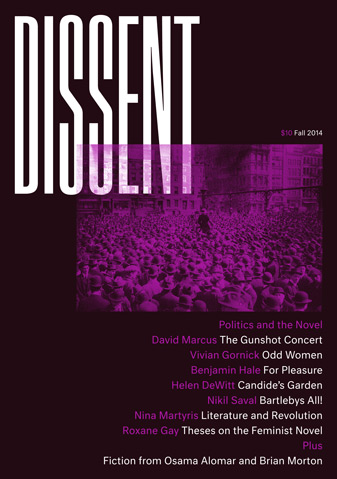‘A Tale of Two Plantations,’ by Richard S. DunnPosted in Articles, Book/Video Reviews, Caribbean/Latin America, History, Media Archive, Slavery, United States, Virginia on 2015-01-04 18:21Z by Steven |
‘A Tale of Two Plantations,’ by Richard S. Dunn
Sunday Rook Review
The New York Times
2015-01-02
Greg Grandin, Professor of History
New York University
Dunn, Richard S., A Tale of Two Plantations: Slave Life and Labor in Jamaica and Virginia (Cambridge: Harvard University Press, 2014).
For enslaved peoples in the New World, it was always the worst of times. Whether captured in Africa or born into bondage in the Americas, slaves suffered unimaginable torments and indignities. Yet the specific form their miseries took, as the historian Richard S. Dunn shows in his painstakingly researched “A Tale of Two Plantations: Slave Life and Labor in Jamaica and Virginia,” depended on whether one was a slave in the British Caribbean or in the United States. The contrasts between the two slave societies were many, covering family life, religious beliefs and labor practices. But one difference overrode all others. In the Caribbean, white masters treated the slaves like “disposable cogs in a machine,” working them to death on sugar plantations and then replacing them with fresh stock from Africa. In the United States, white masters treated their slaves like the machine itself — a breeding machine.
Dunn began working on this comparative study in the 1970s, around the time historians like Winthrop D. Jordan, Edmund S. Morgan and Eugene D. Genovese were revolutionizing the study of American slavery. Drawing on Freud, Marx and other social theorists, these scholars painted what Dunn calls the “big picture,” capturing the psychosexual terror, economic exploitation, resistance, and emotional and social dependency inherent in the master-slave relation.
Decades of extensive research led Dunn, a professor emeritus at the University of Pennsylvania, in a different direction, away from making large historical claims or speculating about the “interiority” of slavery’s victims. Instead, he’s opted to stay close to the facts, using demographic methods to reconstruct “the individual lives and collective experiences of some 2,000 slaves on two large plantations” — Mesopotamia, which grew sugar on the western coastal plain of Jamaica, and Mount Airy, a tobacco and grain estate on the Rappahannock River in Virginia’s Northern Neck region — “during the final three generations of slavery in both places.”…
…Likewise, Dunn’s discussion of interracial sex seems tone deaf to decades of scholarship on the subject. Forty years ago, Winthrop D. Jordan wrote about the libidinal foundations of white supremacy in America. More recently, the historians Jennifer L. Morgan and Diana Paton have explored the linkages between ideology, law and sexual domination in slave societies. Dunn devotes a chapter each to two slave women, empathetically tracing their family history and considering the many hardships they endured. He mentions rape and “predatory” whites and discusses the sharp differences in the way mixed-race offspring were treated on the two plantations. Yet at times he plays down the varieties of sexual coercion that enslaved women lived under. At one point, he calls the relationship between a white overseer, his black “mistress” and his distraught wife a “ménage à trois.”…
Read the entire review here.


